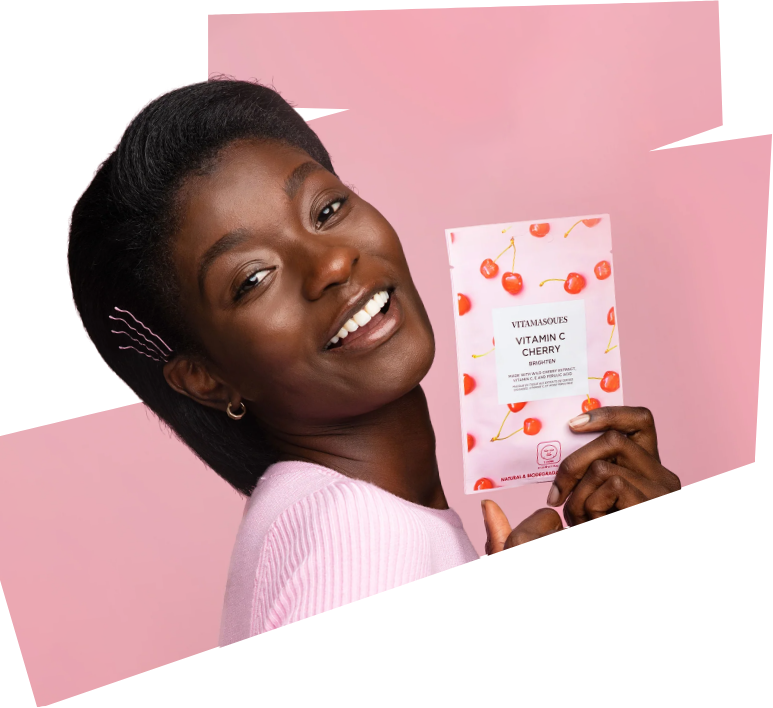Images add an attractive element to a display ad. And with 65% of the world’s population termed as ‘visual learners,’ pictures play an important role in conveying the information to the audience.
However, not many of us have the time or the resources to curate professional, customised images for each display ad that we run. In fact, many reading this blog are busy business owners and marketers who are looking for ways to run their ads without spending most of the day at a photo studio. This is where stock photographs come to the rescue.
Yes, most marketers might cringe at the name of stock photographs, but in reality, these assets are valuable in bringing your ads to life. Besides being readily available, they are cost-effective and available in a variety of categories to fill in the visual gap of your ads. However, you should know how to use them correctly, and this is where we come in!
In this guide, let’s review some practical ways to use stock photos in your display ads that will make them stand out.
Avoid Getting Sued
The first and foremost rule of using stock photos is to avoid getting a lawsuit. Yes, you may hear it rarely, but this does happen in the stock industry world when businesses get sued for using images that weren’t licensed for commercial use.
To avoid getting caught in a law infringement, it is essential that you educate yourself about the different licenses before you start searching for a stock photo to use in your ad. Generally, the stock photo licenses are divided into three categories:
- Public Domain: As the name suggests, the public domain is the property of the public – that’s you! The stock photographs that fall under this category are free game, and the users can use them without any license or permission. You also don’t need to attribute the author and can utilise the Public Domain images without giving credit.
- Royalty-Free: Another standard license that you will see in the stock photography sector is the royalty-free license. This type of license requires the users to pay a one-time payment that will allow them to use the photograph across several platforms without needing to purchase the license. However, want to make sure that you read the terms and conditions carefully to understand the legal requirements, especially for attribution.
- Rights Managed: The Rights Managed license gives the marketers one-time permission to use the stock image. This means that you will have to purchase a license each time you utilise the same image on a different platform. Because of this, Rights Managed images are not preferred for use in ads as you will have to repurchase the license each time you decide to run the same in a second ad or on a different platform. However, Rights Managed images are unique, and you will rarely encounter the problem of seeing the same picture on a competitor’s ad with the use of this type of license.
Avoid Cliches

One of the things that make marketers so wary of stock photographs is that some of them are too generic and cliche. If you look closely at the database of stock images, you will see hundreds upon thousands of photos that look over-posed or unrealistic.
A woman dancing with a bowl of salad, men striking a pose in business suits, and a businessperson hugging a briefcase are just some examples of cliche stock photographs that you should altogether avoid in your display ads. Not only that, but these kinds of stock photographs are often overused in display ads and will make you look lazy in front of the audience.
When choosing stock photographs for your ads, your goal is to find images that resonate with the core message of your ad. Consider how well a photo will compel the viewer to click and move down the sales funnel. Instead of going with the first photograph you see, search thoroughly to find the one unique visual that portrays your brand’s message in the most efficient manner.
Be Relevant
While this should go without saying, we are going to say it anyway: Aim for relevance! When scrolling through your newsfeed, you may have seen countless examples of display ads that don’t seem related to the content of the ad. These types of ads misleads the viewers who often become confused as to what the ad is really about.
Ultimately, this will reduce their trust in your brand and negatively impact their purchasing decision.
Food chains do a great job at avoiding advertising pitfalls. In their Facebook ads, they use their primary product in the ads in order to display relevancy to their content. Just take a look at the example by Domino’s Pizza. They use a clear picture of their offering – a pizza to advertise their newest deal. A clear image to portray what you will be receiving at their stores.

Be Candid
As we mentioned above, the biggest problem with stock photographs is the unrealistic appearance of people as the main subject. Not only do posed images of people look unauthentic but cheesy as well – completely turning off the viewers.
However, humans relate to humans, and adding pictures of them having fun or enjoying your brand is one way to get the attention of the audience. When possible, use original photos of people using your products/services. You can also use behind-the-scenes footage of your employees working in the background.
But if it’s not possible to get customised shoots of people, look for stock photographs that appear candid and not over staged.

‘Unstock’ the Stock
Adding your own touch to the stock photograph is another way to make them personalised for your specific marketing campaign. Something as small as cropping the photo or adding a small amount of text can help make the photograph more contextually relevant to your ad.
However, remember to check the licensing details of the stock photo provider you choose to ensure they are allowed for modification. While most stock photo agencies allow editing of their photos, it won’t hurt to recheck the fine print to make sure you are not breaking the law.
Here is an excellent example from an ad by Little Spoon. They combined a generic stock photo with their own ad copy and call to action. They even added their own logo to the ad copy to make it look more personalised.

Test Your Ads
There are millions of stock photographs on the internet, and most marketers become greedy when they see the plethora of images available. Well, when it comes to ads, it is ok to be a little greedy. This is because you don’t have to limit yourself to one image per ad. You can create various versions of the same ad and test to see which one works best.
Yes, through A/B testing, you can run two ads simultaneously to the same audience to see which one resonates with your audience the most. However, I would recommend that you only use a different stock image and use the same ad copy in all your ads. This way, you will be able to see the difference in reaction to each image.
Final Words
These were just some tips to get you started with stock photographs in display ads. As you can see, stock photographs are a great way to add a visual element to your ads. With these tips, you can now turn your ads into engaging and effective tools. Good luck!






